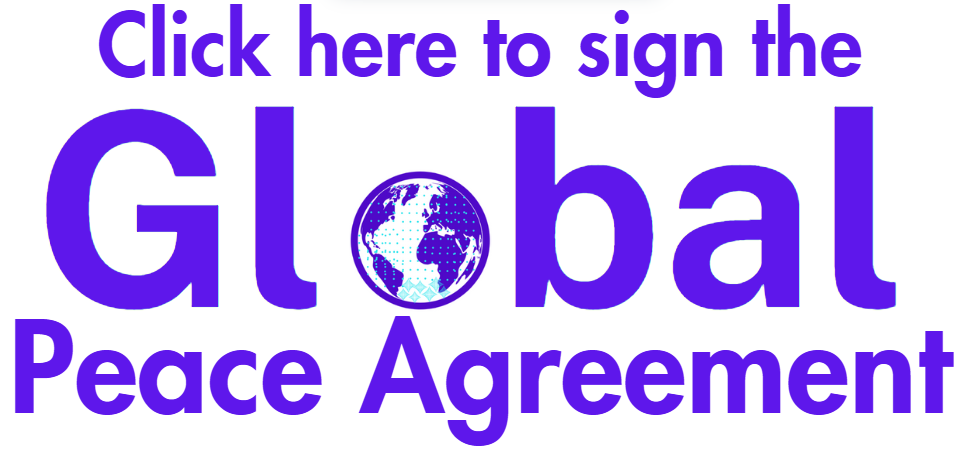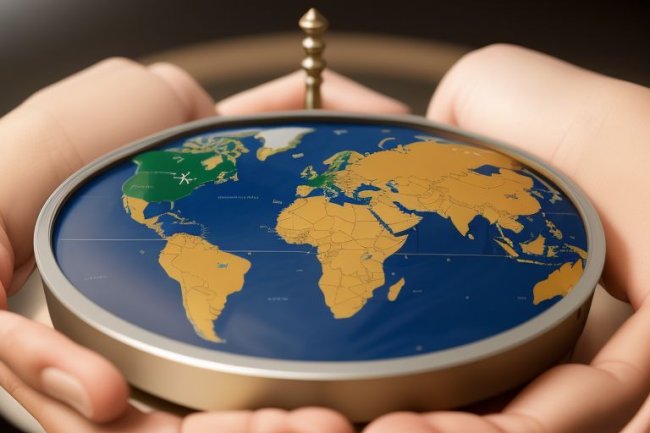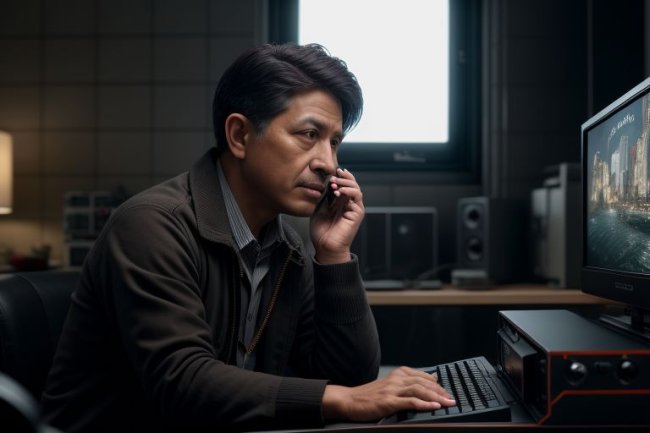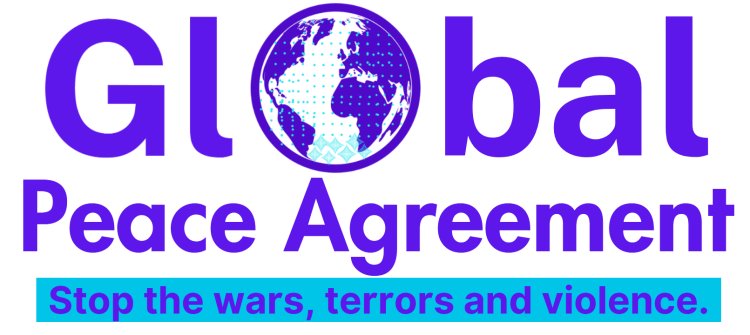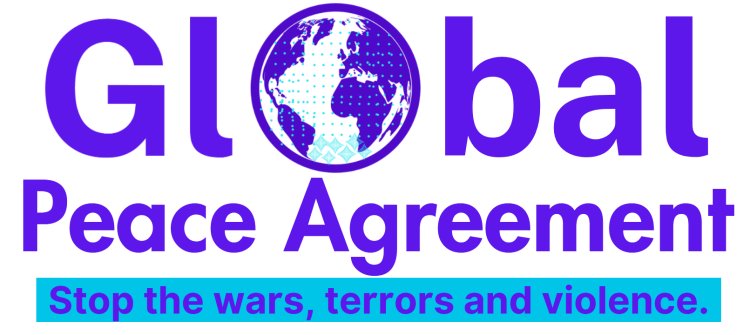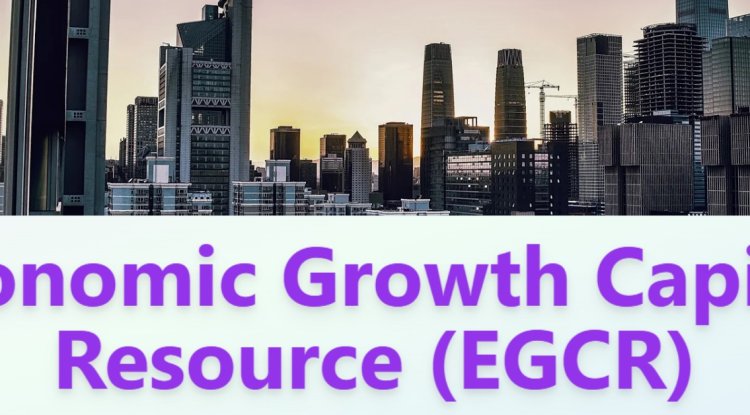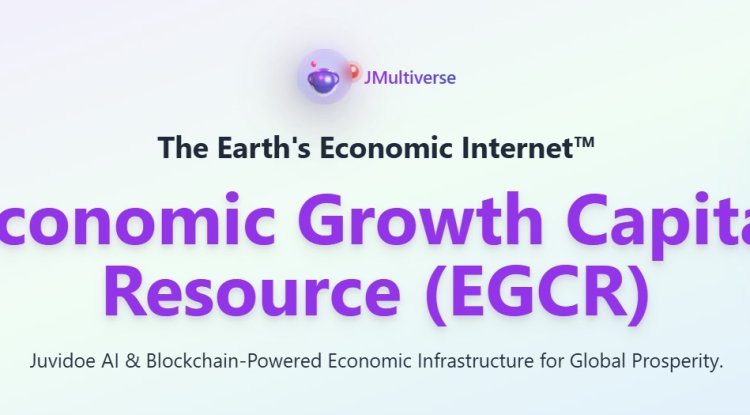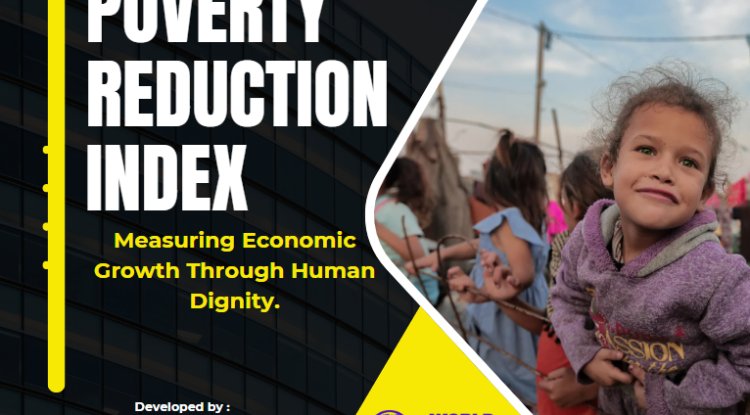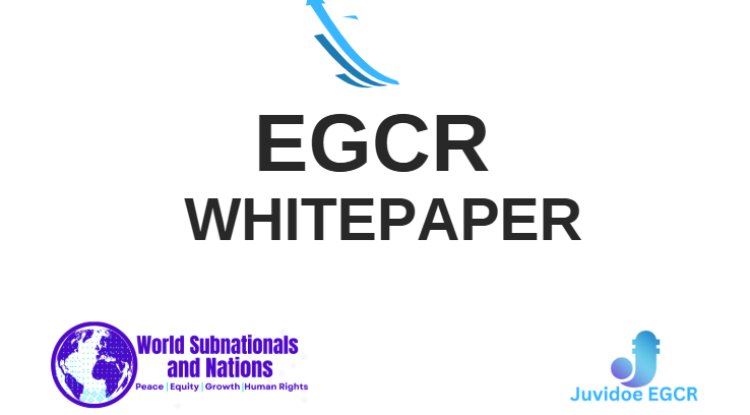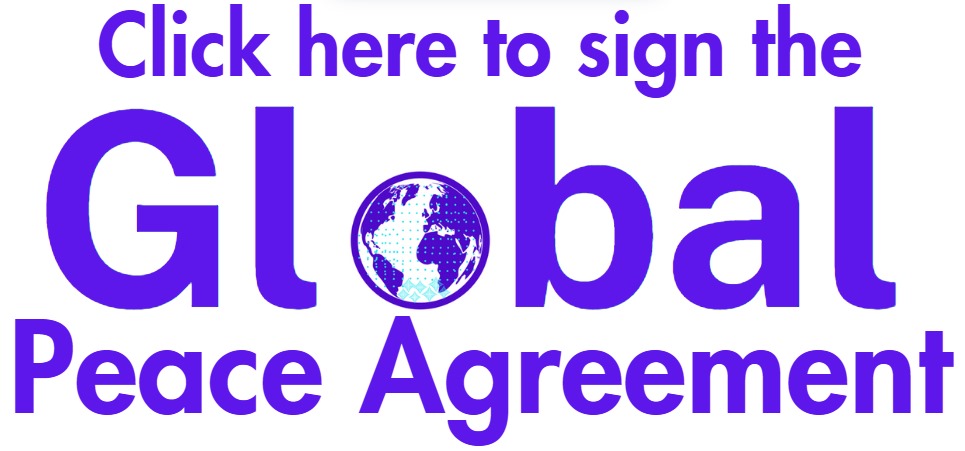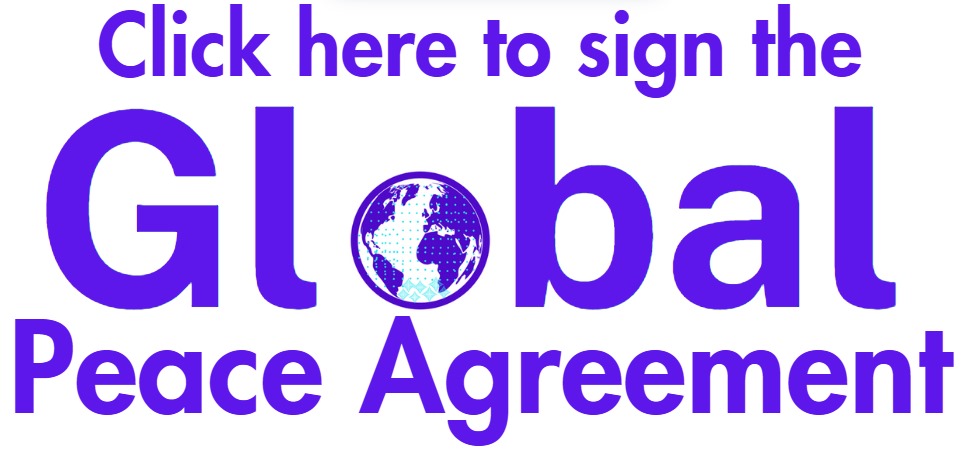Productive Dialogue for Peace
In our diverse world, we encounter a myriad of differences, ranging from cultural and religious beliefs to languages and ethnicities. Often, these diversities are celebrated as a source of richness, like the array of cuisines that tantalize our taste buds. However, regrettably, certain differences are perceived as problematic, sparking conflicts that mar our societies. Across the globe, we witness various forms of violence rooted in social conflicts, where irreconcilable cultural, religious, or ethnic differences are used to justify animosity.
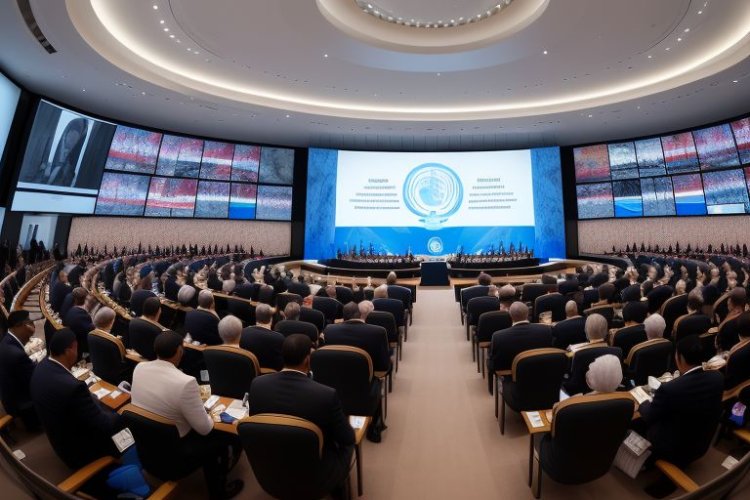
So, how can we rise above these differences and misunderstandings? How can we turn disagreements into chances for cooperation and development? Dialogue is key because it is a potent instrument that may close gaps, reveal unnoticed connections, and promote respect for differences.
Dialogue can potentially mend misperceptions and negative feelings, dispelling stereotypes and discrimination. By engaging in honest conversations, we can identify shared values and common ground, paving the way for peaceful coexistence. Through dialogue, we transcend divisive labels and come together as human beings, united in our quest for inclusive solutions to today's challenges.
In recognition of the transformative power of dialogue, the Dialogue for Peace invites world leaders to embrace this vital skill daily. With the aid of the activities in the Dialogue for Peace guidelines, leaders are empowered with the tools and competencies to actively participate in decision-making and conflict resolution worldwide, fostering sustainable development. Through the Dialogue for Peace, leaders can earn the Dialogue for Peace badge, a symbol of their commitment to promoting understanding and harmony.
As we embark on the journey towards productive dialogue for peace, let us unite as global citizens, bridging divides and sowing seeds of empathy and compassion. Together, through dialogue, we can create a world where peace reigns, and conflicts yield opportunities for growth and collaboration.
The Mechanics Of Fair And Productive Dialogue
In an increasingly turbulent world, where conflicts and wars persistently loom, the profound impact of fair and productive dialogue emerges as a beacon of hope. Amidst the chaos and uncertainties, communication, in its artful form, unveils itself as a mighty force capable of bridging divides, fostering empathy, and cultivating the seeds of enduring peace among nations.
The transformative potential of dialogue lies in its ability to transcend barriers and unite even the staunchest adversaries. It operates as a powerful conduit that allows diverse perspectives to converge, offering a platform for understanding and reconciliation. By embracing the principles of fairness and productivity, dialogue becomes a formidable tool that can mend deep-seated grievances and establish common ground.
In the corridors of power and on the global stage, the significance of dialogue cannot be overstated. It holds the key to breaking the shackles of hostility and forging connections based on mutual respect and trust. Through meaningful and constructive conversations, leaders can navigate complex geopolitical landscapes and envision a future where peaceful coexistence prevails over conflict.
Fair dialogue serves as the bedrock for productive communication. It centers on the principles of honesty, openness, and impartiality. In a fair dialogue, all parties are given an equal platform to express their opinions, emotions, and grievances without fear of retribution or judgment. Active listening is an essential aspect of fair dialogue, as it demonstrates genuine interest in understanding the perspectives of others.
Productive dialogue, on the other hand, goes beyond mere conversation. It seeks tangible outcomes, such as conflict resolution, consensus-building, and cooperation. To be productive, dialogue must be well-structured, focused, and goal-oriented. World leaders engaging in productive dialogue must clearly understand the issues at hand, identify common interests, and explore potential solutions collaboratively.
The Role of Fair and Productive Dialogue in Conflict Resolution
Misunderstandings, miscommunications, and divergent perceptions are at the heart of many conflicts. Fair dialogue plays a crucial role in mitigating these factors. Leaders can better comprehend the underlying factors causing the disagreement and seek to find a solution by promoting open and honest communication.
Empathy, a key component of fair dialogue, is vital for conflict resolution. World leaders must empathize with the suffering and concerns of the affected parties to understand the human cost of war. When leaders can see the conflict through the eyes of their adversaries, it becomes easier to bridge gaps and find compromises that address the core issues at stake.
Moreover, fair dialogue helps to establish trust between conflicting parties. In the absence of trust, cooperation is nearly impossible. By engaging in transparent and respectful communication, world leaders can rebuild trust and create a conducive atmosphere for peaceful negotiations.
Building Lasting Peace through Peaceful Diplomacy
To settle wars and preserve lasting peace, world leaders must approach dialogue with a mindset of reconciliation and collaboration. This involves transcending ego and embracing humility, recognizing that peace is more valuable than dominance. The following are essential steps that leaders can take to engage in peaceful dialogue effectively:
1. Willingness to Engage: First and foremost, world leaders must engage in dialogue without preconditions. The desire for peace should supersede all other considerations. Leaders can set a positive tone for the dialogue process by showing a genuine willingness to negotiate.
2. Mediation and Third-Party Involvement: In complex conflicts, impartial mediators or third-party facilitators can be instrumental in guiding the dialogue process. These neutral actors can provide fresh perspectives, identify common ground, and help keep the conversation focused and constructive.
3. Inclusive Dialogue: All relevant stakeholders must be included in the dialogue process to ensure lasting peace. Excluding any party can lead to lingering resentments and potential future conflicts. Inclusivity fosters a sense of ownership and responsibility for the outcomes of the dialogue, increasing the chances of a successful resolution.
4. Communication and Understanding: Effective communication is the bedrock of productive dialogue. World leaders must communicate clearly and respectfully, avoiding inflammatory language or personal attacks. Active listening and a willingness to understand the perspectives of others can lead to breakthroughs in resolving complex issues.
5. Exploring Creative Solutions: A productive dialogue should be open to exploring innovative solutions beyond traditional approaches. Creative thinking can lead to win-win outcomes that address the interests of all parties involved.
6. Patience and Perseverance: Dialogue is rarely linear, and setbacks are not uncommon. World leaders must exhibit patience and perseverance, even in the face of challenges or delays. Peaceful dialogue takes time, but the rewards are worth the effort.
Fair and productive dialogue mechanics provide a pathway to settling wars and preserving lasting peace in local and international contexts. Peaceful diplomacy is not without its challenges, but the dividends of sustainable peace make it a worthy pursuit for the greater good of humanity. Through dialogue, we can build a world where conflicts are resolved without violence and lasting peace becomes a reality.
Active Listening And Empathy-Building Techniques
When conflicts and strife arise or start looming, the pursuit of lasting peace becomes an urgent and paramount goal. In these turbulent times, the transformative power of active listening and empathy-building techniques emerges as a beacon of hope. These techniques form an artful interplay of communication and understanding, possessing the profound potential to turn adversarial relationships into harmonious dialogues, paving the way for reconciliation and peaceful coexistence.
Amidst the chaos and uncertainties, active listening and empathy are powerful catalysts for positive change. They hold the key to transcending barriers of misunderstanding and animosity, fostering genuine connection and mutual respect. By delving into the mechanics and essence of these techniques, we unlock a world where conflicts are met with compassionate understanding, empathy, and a commitment to finding common ground for resolution.
The intricate dance of active listening and empathy-building set the stage for transformative conversations. It goes beyond mere communication, as it demands a profound openness to hear and comprehend the emotions and perspectives of others truly. This empathetic engagement creates safe spaces for individuals to express themselves without fear of judgment, paving the way for authentic and constructive dialogue.
The Essence of Active Listening
With its intricate artistry, active listening extends far beyond the surface of hearing, weaving a profound tapestry of meaningful communication that demands our unwavering engagement and undivided presence. When practiced in peaceful dialogue, its impact is nothing short of magical.
In this enchanting exchange, active listeners skillfully extend their full attention, engaging like graceful dancers in a symphony of understanding. The maintaining of eye contact mirrors the depths of their genuine interest, while nods, smiles, and encouraging words compose a symphony of non-verbal affirmations, a reassuring melody that tells the speaker their voice is heard and valued.
In this safe and nurturing environment, speakers find the courage to shed their inhibitions, expressing themselves authentically and honestly. The active listener becomes a trusted ally, a comforting embrace with space for vulnerability. Empathy takes center stage in this delicate dance of connection, flourishing as the listener immerses themselves in the speaker's emotions and perspectives. Bonds are formed, transcending the boundaries of difference.
The essence of active listening lies in the art of understanding beyond mere words – the ability to hear the unspoken, grasp the nuances of the heart, and acknowledge the unexpressed fears and hopes. Empathy blossoms like a resplendent flower as this profound connection unfold, fostering a profound sense of togetherness that nurtures lasting bonds. Within peaceful dialogue, active listening becomes the catalyst for a world where compassion reigns, conflicts dissolve, and lasting peace becomes an attainable reality.
Mechanics of Active Listening
At the core of active listening lies the genuine desire to comprehend the speaker's emotions, thoughts, and perspectives. Reflective listening, a fundamental aspect, involves paraphrasing or summarizing the speaker's words to confirm mutual understanding. Inclusive and non-judgmental, active listening invites vulnerability and authenticity, facilitating a more profound exchange of ideas and emotions.
Empathy as a Transformative Force
Empathy is the key to unlocking human connection, bridging divides, and nurturing understanding. As individuals cultivate empathy, they develop the capacity to step into the shoes of others, recognizing and validating their feelings and experiences. This emotional resonance forms the basis for genuine compassion and the potential for profound transformation in interpersonal relationships and broader social dynamics.
Cultivating Empathy
Empathy-building techniques encompass understanding others' perspectives and emotions, especially in conflict or disagreement. Through active engagement and emotional intelligence, individuals can set aside personal biases, embrace cultural sensitivities, and approach dialogues with an open heart and mind. By practicing empathy, they create an inclusive and empathetic space, fostering the grounds for peaceful resolutions.
The Role of Active Listening and Empathy in Peaceful Dialogue
- Creating Safe Spaces for Dialogue
Active listening and empathy-building techniques cultivate an environment of trust and respect, paving the way for safe and open dialogue. Participants feel heard and valued, encouraging them to share their deepest concerns and hopes, unearthing the common ground necessary for resolution.
2. Resolving Conflicts with Empathy
In conflicts, empathy acts as a powerful de-escalation tool. By truly understanding the emotions and perspectives of others, individuals can transcend hostility, replacing it with a shared humanity and a willingness to find common ground. Empathetic communication enables creative problem-solving, cooperation, and reconciliation.
3. Building Bridges in International Relations
At the international level, active listening and empathy hold the potential to bridge cultural gaps and foster diplomatic relations. World leaders who embrace empathy can navigate complex geopolitical landscapes, build alliances, and prioritize peaceful resolutions over aggression.
Techniques for Enhancing Active Listening and Empathy
· Mindfulness and Presence
Mindfulness enables individuals to be fully present in the moment, offering undivided attention to the speaker. By practicing mindfulness, listeners can set aside distractions and immerse themselves in the dialogue, fostering a deeper understanding of the conveyed emotions and perspectives.
- Reflective Listening
Reflective listening involves paraphrasing the speaker's words to ensure mutual understanding. This technique confirms that the listener has absorbed the message accurately and empathetically, facilitating more meaningful exchanges.
- Non-Judgmental Approach
Avoiding judgment is essential in active listening and empathy-building. By suspending preconceived notions and biases, individuals create a safe space for honest communication and vulnerability, enhancing the potential for resolution and healing.
- Cultivating Emotional Intelligence
Emotional intelligence allows individuals to recognize and manage their emotions while empathetically understanding others' feelings. Individuals can approach conversations with empathy and compassion by developing emotional intelligence and fostering deeper connections and understanding.
Overcoming Challenges in Active Listening and Empathy
· Cultural Sensitivity: Cross-cultural communication can present challenges in understanding diverse perspectives. By embracing cultural sensitivity and respecting differences, individuals can navigate potential misunderstandings and bridge cultural gaps.
· Managing Emotional Triggers: Active listening and empathy require emotional resilience. Listeners may encounter triggers that evoke strong reactions, potentially hindering their ability to empathize fully. Learning to manage emotional triggers enables listeners to remain open and compassionate in challenging conversations.
Active listening and empathy-building techniques form the cornerstone of peaceful dialogue and lasting peace. By embracing these transformative practices, individuals and world leaders can create safe spaces for meaningful interactions, resolve conflicts with empathy and understanding, and forge connections that transcend divisions. As we cultivate these skills, we contribute to a more harmonious world, where dialogue becomes a force for unity and understanding, fostering a future of lasting peace and compassion for all. Let us embark on this journey of active listening and empathy-building, making our world more empathetic and peaceful for generations.

